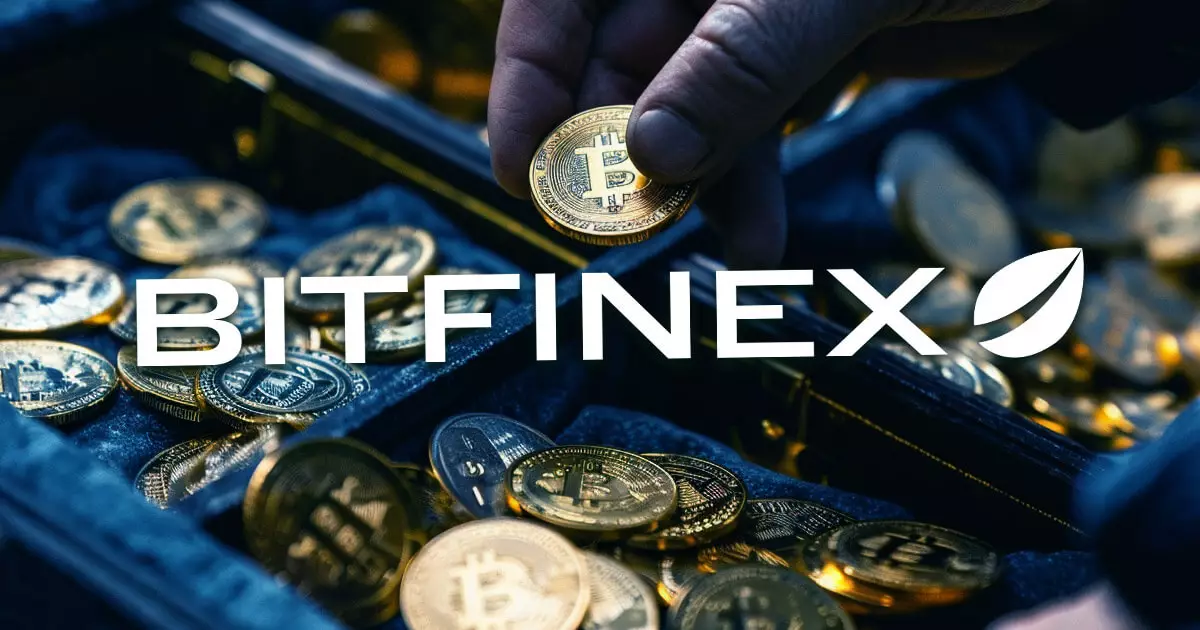In August 2016, Bitfinex, one of the largest cryptocurrency exchanges, fell victim to a monumental cyberattack that resulted in the theft of approximately 120,000 Bitcoin (BTC), valued at over $72 million at the time. This incident marked a pivotal moment in the cryptocurrency landscape, raising serious questions about security practices and the resilience of digital asset platforms. The aftermath led to considerable implications for Bitfinex, its users, and the broader cryptocurrency market.
Recent filings by U.S. authorities present a significant development concerning the 2016 hack. The documents suggest that Bitfinex may be the only legitimate entity eligible for restitution under the Crime Victims’ Rights Act (CVRA) and the Mandatory Victims Restitution Act (MVRA). This assertion positions Bitfinex as the sole party with recognized financial losses, subsequently influencing the possible recovery of the stolen assets. Following the release, Bitfinex’s native LEO token surged by 14%, illustrating market optimism fueled by legal clarity amidst uncertainty.
The filing explicitly states, “The government is not aware of any person who qualifies as a victim… beyond perhaps Bitfinex.” This narrow identification of victims indicates a reevaluation of who bears the brunt of the losses associated with the breach—a topic that has garnered substantial discourse and concern within the cryptocurrency community.
In the immediate aftermath of the hack, Bitfinex employed a controversial strategy to mitigate losses: reducing customer account balances by 36%. This drastic measure saw the exchange socializing losses, distributing the burden across its entire user base. To compensate for these decremented balances, Bitfinex issued BFX tokens, which served as a ticket for customers to reclaim some portion of their investments through redemption, exchange, or even share acquisition in its parent company, iFinex.
The strategic decision was initially met with backlash, as many customers found the notion of diluting their accounts unsettling. However, by April 2017, all BFX tokens had been redeemed, signaling an operational recovery that enabled the exchange to resume business while gradually addressing the grievances of its users. This recovery illustrates a remarkable pivot in crisis management, balancing the needs of customers alongside fiscal responsibility.
Bitfinex has actively worked with law enforcement to recover the stolen Bitcoin. A significant breakthrough occurred in February 2022 when U.S. authorities seized 94,643 BTC linked to the hack, then valued at approximately $3.6 billion. Today, the value of these assets has reached striking levels, standing at around $5.8 billion. The potential restitution of these funds could shift financial reserves back into Bitfinex, allowing for further compensation of its users through the planned redemption of Recovery Right Tokens (RRTs).
Despite the positive news, Bitfinex has specified that recovering this amount is measurable yet still insufficient to fully satisfy all RRT holders, numbering 30 million. This unclear compensation structure means that while stakeholders may benefit indirectly through Bitfinex’s operational success and increasing token values, the total recovery plan remains critically dependent on the legal intricacies surrounding the case.
As news of the legal filings circulated, Bitcoin saw a slight dip of 0.7%, likely reflecting traders’ trepidation at the prospect of billions of dollars worth of Bitcoin potentially flooding back into circulation. This reaction underscores the anxiety within cryptocurrency markets about sudden changes in asset supply and the dynamics of exchange liquidity. The incident not only highlights the vulnerabilities of exchanges but also illustrates the interconnectedness of market actors in crypto finance.
The prospect of Bitfinex being recognized solely for significant financial losses could streamline restitution efforts, creating a focused pathway for the recovery of stolen assets. However, the broader implications resonate throughout the crypto landscape, illustrating ongoing challenges in security, trust, and resilience among exchanges. As Bitfinex navigates the complexities of legal and economic recovery, its actions will have lasting ramifications on user confidence and industry standards in digital asset safeguarding.
While Bitfinex’s path to restitution appears clearer, the complexities of ongoing recovery efforts and user compensation underscore the fragile balance of trust that underpins the cryptocurrency ecosystem. The ramifications of the 2016 hack continue to echo, urging exchanges and users alike to advocate for enhanced security measures to guard against future vulnerabilities.

